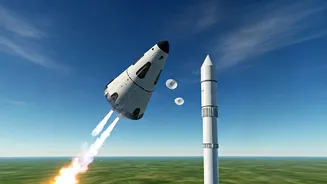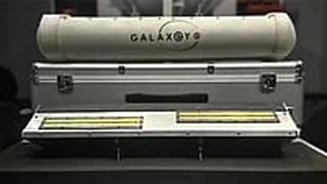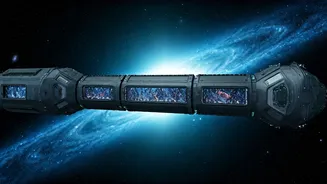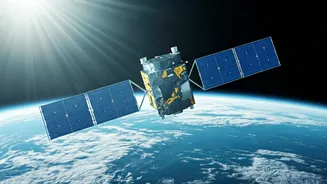What is CES?
The Crew Escape System, or CES, is the lifeline designed to protect astronauts during potentially hazardous situations during space missions. Its primary
function is to quickly and safely separate the crew module from the launch vehicle in the event of an emergency, such as a malfunction during launch or ascent. This is achieved through a combination of powerful solid rocket motors, aerodynamic control surfaces, and parachutes. The CES acts as an ejection mechanism, swiftly pulling the crew module away from danger and ensuring the astronauts can safely return to Earth. The effectiveness of a CES hinges on its ability to detect anomalies early, initiate separation promptly, and provide a stable and controlled descent for the crew module. It's the ultimate safety net, ensuring the astronauts’ well-being during the most critical phases of their space journey.
Types of CES
Crew Escape Systems come in various forms, each tailored to specific mission requirements and vehicle designs. One of the most common types is the launch escape system, used during the initial stages of a mission, specifically during launch and ascent. This system often incorporates a rocket motor mounted atop the crew module, designed to pull the capsule away from the rocket in case of an emergency. Another type is the abort system, which can be activated at different phases of the flight. This system may rely on aerodynamic surfaces, retro rockets, or other mechanisms to steer and stabilize the crew module during escape. Some systems are designed to operate from the ground, ensuring safety during launch pad incidents. Others are integrated into the spacecraft design, providing escape options throughout the mission. The choice of CES type depends on factors like the vehicle's size, mission profile, and the level of safety the designers aim to achieve.
Testing of CES
Testing is paramount in validating the reliability and effectiveness of a Crew Escape System. The Indian Space Research Organisation (ISRO) has undertaken extensive tests to ensure the Gaganyaan mission's CES meets the highest safety standards. These tests encompass a variety of scenarios and environments. One type involves static tests, where the CES is fired on the ground to assess its motor performance and separation dynamics. Another is the pad abort test, a crucial test conducted at the launch site to simulate a launch failure. During these tests, the CES is activated under realistic conditions. Various tests are also performed during flight, where the system's ability to separate from the rocket and land safely is evaluated. ISRO has also conducted flight tests to confirm the system's performance at high altitudes and speeds. Sophisticated simulations, using complex models, are another part of the testing process. These simulations help engineers understand the system's behavior under different conditions. The aim is to eliminate any potential flaws and to confirm the CES’s role as a reliable protection mechanism.
CES Necessity
The Crew Escape System's necessity is rooted in the inherent risks of spaceflight. Launching humans into space is an incredibly complex endeavor, fraught with potential hazards ranging from engine failures and structural issues to unforeseen events. The CES provides astronauts with a critical lifeline during these emergencies. It is designed to mitigate the risks and maximize the chances of crew survival. Without a dependable CES, astronauts would be exposed to extreme dangers. This system is not just an added feature but a fundamental requirement for any mission involving humans. The presence of a CES communicates a clear message: that human safety is the highest priority. It is a symbol of reassurance, designed to make space exploration as safe as humanly possible.














